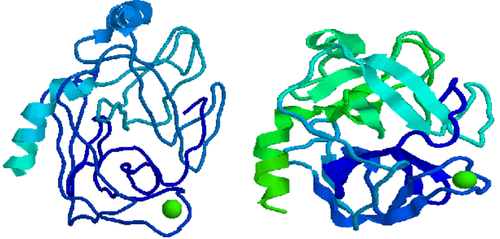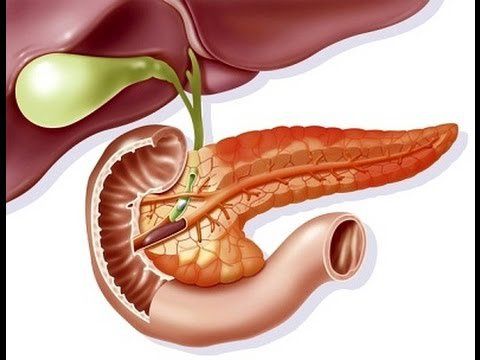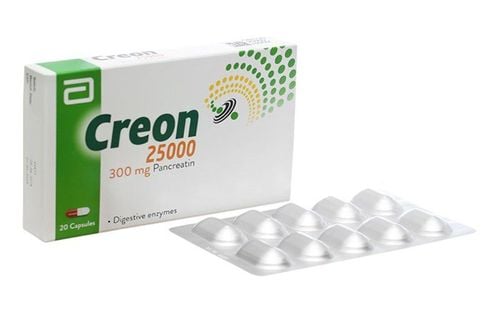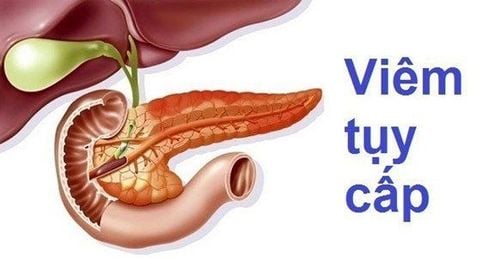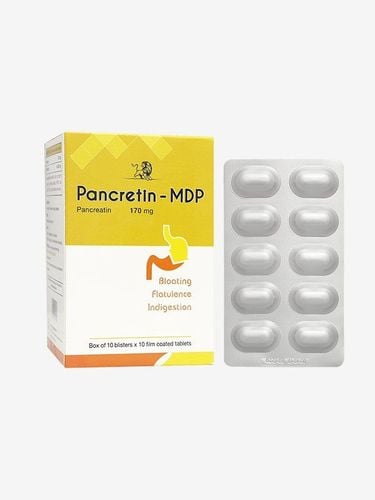This is an automatically translated article.
The article is professionally consulted by Master, Doctor Do Thi Hoang Ha - Doctor of Biochemistry - Laboratory Department - Vinmec Hai Phong International General Hospital.A
To identify a patient with acute pancreatitis, one of the following diagnostic tests can be used.
1. Serum Amylase test
Amylases are a group of hydrolase enzymes, with a half-life of 10 hours, produced mainly by the pancreas and salivary glands, involved in the digestion of carbohydrates, and amylases that help digest complex carbohydrates. flour...) into simpler and more easily absorbed carbohydrates. When the pancreatic parenchyma is damaged, the enzyme amylase is released massively into the bloodstream. As a result, serum amylase levels rise rapidly within 3 to 6 hours of the onset of acute pancreatitis, peak after 24 hours, and may return to normal in 2-3 days if pancreatitis is absent. complications and under control.Therefore, in a patient admitted with severe abdominal pain, nausea, vomiting, and hyperamylase, the diagnosis of acute pancreatitis cannot be ruled out. An elevation of serum amylase three times the upper limit of the reference range has a sensitivity of 67 to 83% for the diagnosis of acute pancreatitis and a specificity of 85 to 98%.
In addition, the diagnostic baseline of serum amylase levels more than three times the upper limit of normal may not be achieved in patients with alcoholic pancreatitis or hypertriglyceridemia. Therefore, if the patient had abdominal pain three days before coming to the hospital, the blood amylase activity may be negative or in cases of acute pancreatitis the cause of acute pancreatitis is necrosis, alcohol or high blood triglyceride levels. The diagnosis of acute pancreatitis should be based on other tests. There is also about 10% of patients with acute pancreatitis but blood amylase enzyme activity is not increased (false negative).
2. Serum Lipase Test
Lipase is a digestive enzyme of the pancreas that converts fats and triglycerides into fatty acids and glycerol. Similar to blood amylase, blood lipase in acute pancreatitis will also be elevated. And unlike amylase, which is produced only in the pancreas, serum lipase has a sensitivity and specificity for acute pancreatitis comparable to or somewhat higher than amylase, ranging from 82 to 100%. In addition, serum lipase activity increased in the blood within 24-36 hours after the onset of acute pancreatitis and continued to increase until day 14, i.e. returning to normal later than amylase.Therefore, lipase becomes a useful tool to diagnose acute pancreatitis occurring earlier or later than amylase, especially in subjects who came 24 hours after the onset of pain, at this time the amylase activity was already established. began to decrease gradually. Furthermore, serum lipase also becomes dominant over amylase in the diagnosis of acute pancreatitis in patients with alcoholic pancreatitis.
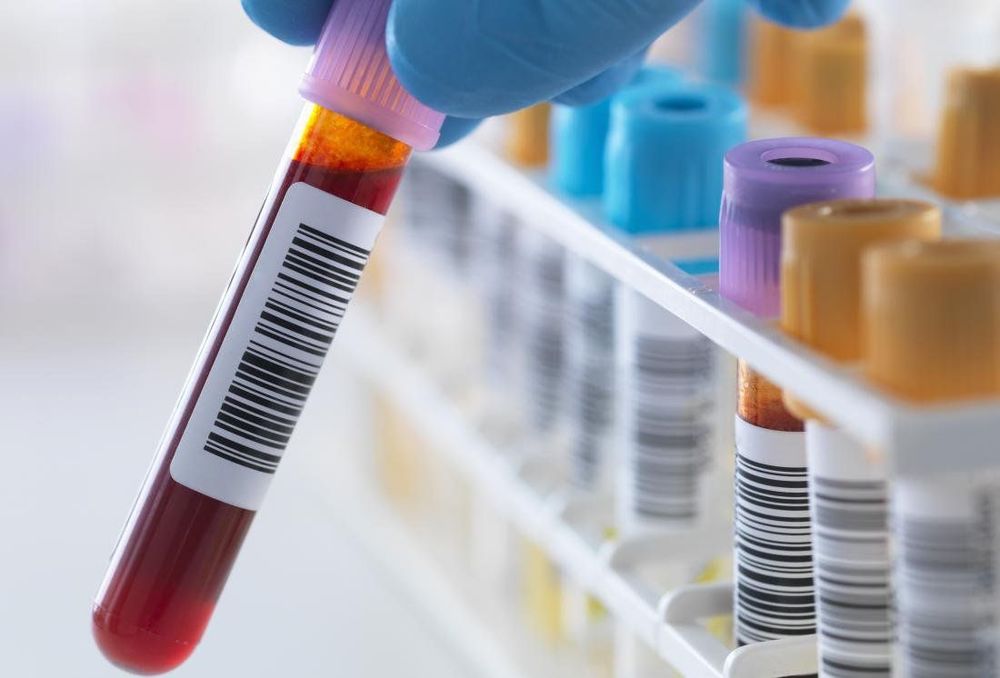
3. Other enzymes and products of the pancreas
In addition to amylase and lipase, the pancreas has many other digestive enzymes that also enter the systemic circulation and are elevated in serum during acute injury such as trypsin, phospholipase, carboxypeptidase, carboxylester lipase, colipase and pancreatic isoamylase .
Trypsin and trypsinogen-2 precursors in urine or peritoneal fluid to identify severe acute pancreatitis especially after ERCP. However, this test is not widely used.
In it, trypsin is responsible for protein digestion and is activated by trypsinogen activating peptide (TAP), a peptide consisting of five amino acids that is isolated from trypsinogen. This marker is also elevated in acute pancreatitis, making it a diagnostic tool for this disease. Moreover, many studies are gradually demonstrating the role of TAP in the early detection of acute pancreatitis as well as as a predictor of the severity of acute pancreatitis.
Urine and serum trypsinogen-2 concentrations are increased in early acute pancreatitis. However, further studies are needed to determine their role in the diagnosis of this pathology.
4. Immune substances trigger the inflammatory response
When the pancreatic parenchyma is damaged, a series of digestive enzymes will be released into the blood and act as toxins, triggering an acute inflammatory response in the body. Cells that play a role in the inflammatory response, such as granulocytes and macrophages, become active, releasing a number of cytokines and inflammatory mediators.
Products of this process also contribute to the diagnosis of acute pancreatitis such as C-reactive protein (CRP), interleukins (IL) - including IL6, IL-8, IL-10, necrosis factor tumor (TNF-α) and PMN elastase. In particular, these substances can also indirectly determine the severity of the disease, as when CRP increases above 150 mg/dL after 48 hours, it will be associated with severe acute pancreatitis.
In summary, the current tests in acute pancreatitis are quite sensitive and specific and can be performed in most medical facilities. The problem is that this pathology must be thought of and appropriate tests indicated, in order to diagnose or rule out this dangerous acute disease early.
Please dial HOTLINE for more information or register for an appointment HERE. Download MyVinmec app to make appointments faster and to manage your bookings easily.





